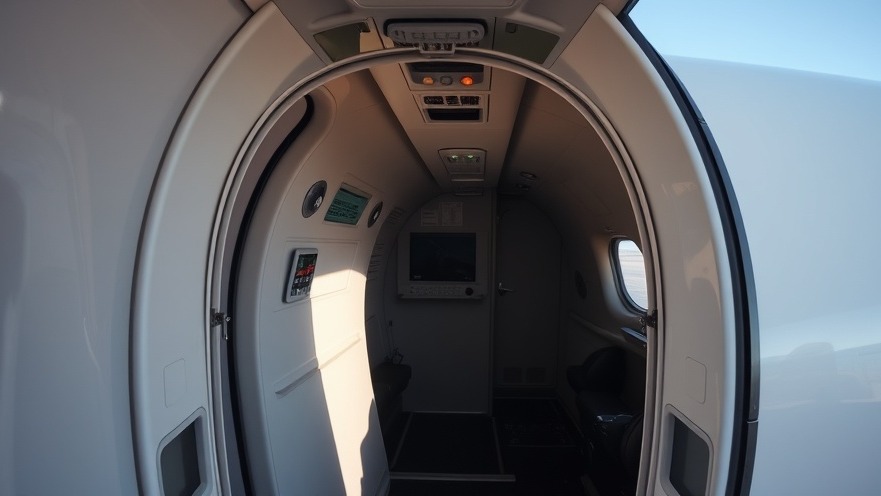
Southwest Airlines Leads the Charge in Enhanced Aviation Safety
DALLAS, Texas: In a notable step towards bolstering aviation security, Southwest Airlines has emerged as the pioneering U.S. carrier to equip its aircraft with a secondary cockpit barrier. This crucial safety feature provides an additional layer of protection against unauthorized access to the cockpit—an advancement that follows nearly two decades of advocacy since the September 11, 2001, attacks.
The Importance of Secondary Cockpit Barriers
The implementation of secondary cockpit barriers stems from a pressing need identified by pilots' unions and aviation safety groups. The push for these barriers gained momentum after the tragic events of 9/11, highlighting the vulnerabilities in cockpit safety protocols. With existing cockpit doors primarily designed to secure the flight deck, the secondary barrier acts as a crucial fail-safe, ensuring an extra layer of defense when cockpit doors are opened during flight operations. This is particularly important when crew members exit for various reasons, such as utilizing the restroom.
Southwest Airlines’ Proactive Approach
On August 29, a Boeing 737 MAX 8 equipped with this feature completed its inaugural flight from Phoenix to Denver, marking the beginning of a phased rollout of secondary barriers across the United States commercial fleet. Justin Jones, Southwest's executive vice president for operations, underscored the airline's proactive stance, stating, "We felt like we could get it done and put it in production as soon as the aircraft was ready." This timely decision reflects an ongoing commitment to passenger safety, especially as other carriers deliberate over the timeline for compliance.
The FAA Regulations Behind the Change
The Federal Aviation Administration (FAA) formalized the requirement for secondary barriers in a 2023 regulation, which took effect earlier this month. Under this regulation, all newly manufactured commercial passenger planes for U.S. airlines must come equipped with these secondary barriers. However, airlines have until July 2026 to implement the feature on all newly delivered jets. Notably, existing aircraft are not mandated to undergo retrofitting with the new safety enhancements, leaving many airlines to decide whether to act immediately or wait until closer to the deadline.
The Airlines Response and Industry Perspective
While Southwest has chosen an immediate implementation route, numerous major airlines have expressed intentions to maximize the allowance before making the switch. This decision highlights an emerging trend in commercial aviation, where safety enhancements may be used strategically to bolster corporate image and consumer trust in an era where security is top of mind for passengers. The psychological impact of such features may play a significant role in enticing nervous travelers to resume flying post-pandemic.
Looking Ahead: The Future of Aviation Safety
As Southwest Airlines spearheads this initiative, industry observers will be keenly watching how other carriers respond. In the coming years, it is likely that the secondary cockpit barrier will become standard across the U.S. commercial fleet. As manufacturers like Boeing and Airbus ramp up deliveries of aircraft fitted with these enhancements, the hope is that the additional layer of protection will deter potential intrusions, building confidence among passengers and crew alike.
Final Thoughts: The Broader Impact of Aviation Safety
The introduction of secondary cockpit barriers is not merely a regulatory compliance measure; it signifies a broader cultural shift within the aviation industry towards prioritizing passenger safety. In a world still grappling with the remnants of security fears post-9/11 and amidst a global pandemic, measures like these may serve as reassuring reminders of ongoing commitment to safety. As airlines adapt and innovate, anticipating passenger concerns will become increasingly crucial, thereby enhancing the overall travel experience.
Stay informed about the latest in aviation safety and airline developments by reading trusted news articles regularly. Effective changes in safety protocols, such as the secondary cockpit barrier initiative, demonstrate how the industry is evolving to better protect passengers while traveling.
 Add Element
Add Element  Add Row
Add Row 



Write A Comment